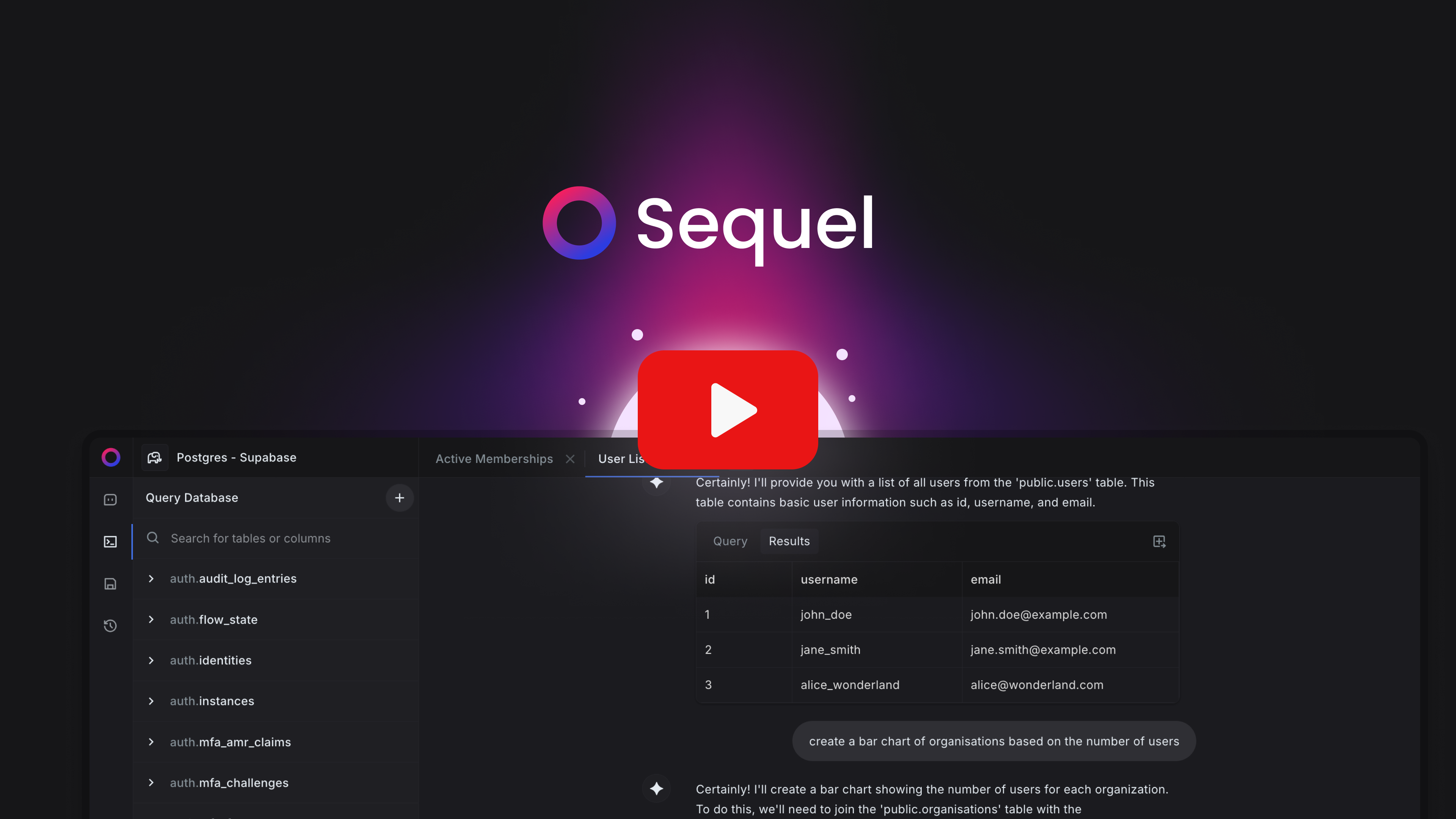Product Analytics That Work: An Implementation Guide for Growth-Focused PMs

Why Product Analytics Matters
As a product manager, making data-driven decisions is essential for improving user experience, optimizing development, and driving revenue growth. Product analytics gives you the power to understand user behavior, track feature adoption, and optimize the customer journey—turning guesswork into actionable insights.
In this guide, we'll walk through how to implement product analytics in your company, from setting clear goals to building a data-driven culture that supports business growth.
Related Read: Atlassian's Guide to Product Analytics
Step 1: Define Your Product Analytics Goals
Before diving into tools and metrics, you need to establish what you want to measure and why. This clarity ensures your analytics efforts align with your business objectives.
Ask yourself:
- What specific business goals are you trying to achieve?
- Which key performance indicators (KPIs) will measure success?
- What user behaviors are most important to track?
Common goals and metrics to consider:
- Improve User Retention: Track Daily Active Users (DAU), Weekly Active Users (WAU), Monthly Active Users (MAU), and retention rates
- Increase Feature Adoption: Measure feature usage and time to first use
- Optimize User Onboarding: Monitor drop-off rates and activation rates
- Reduce Churn: Track Net Promoter Score (NPS) and Customer Lifetime Value (LTV)
Defining these goals upfront helps focus your analytics strategy on what truly matters for your product and business.
🔗 Related Read: Amplitude's Guide to Defining Product Metrics
Step 2: Select the Right Analytics Tools
With goals defined, it's time to choose tools that match your company's specific needs. The right tool depends on your product type, team expertise, and analysis requirements.
Top product analytics tools to consider:
- Google Analytics: Best for web and mobile traffic analysis
- Mixpanel: Excellent for event-based user behavior tracking
- Amplitude: Strong in advanced product analytics and cohort analysis
- Heap: Offers automatic event tracking
- Hotjar: Provides heatmaps and user session recordings
- Sequel: AI-powered product analytics and visualization using product data
When selecting tools, consider factors like ease of implementation, team familiarity, integration capabilities, and budget constraints. Many teams use multiple tools to cover different analytics needs.
🔗 Related Read: Mixpanel vs. Amplitude: Which Tool Should You Use?
Step 3: Create Your Product Analytics Framework
Now it's time to implement your analytics setup by tracking the right user events.
Key user events to track:
- Onboarding Events: Sign-up completion, first login, account setup, initial value moment
- Engagement Events: Feature usage, content consumption, interaction frequency
- Retention Indicators: Return visits, feature re-use, account upgrades
- Drop-off Points: Cart abandonment, form exits, subscription cancellation
For effective implementation, use a data collection tool like Segment to centralize information from multiple sources, ensuring consistent data across your analytics platforms.
Step 4: Analyze and Interpret Your Data
With data flowing in, you need effective analysis techniques to extract meaningful insights.
Essential analytics methods:
-
Cohort Analysis: Group users based on shared characteristics or behaviors to identify patterns over time. For example, compare retention rates between users who joined in different months.
-
Funnel Analysis: Track user progression through key conversion paths to identify where users drop off. This helps optimize critical journeys like sign-up or checkout processes.
-
Retention Analysis: Determine what factors impact long-term engagement by analyzing which features or behaviors correlate with higher retention rates.
-
Path Analysis: Understand the most common routes users take through your product to optimize navigation and feature placement.
Remember that the goal isn't just to collect data but to answer specific questions about user behavior and product performance.
🔗 Related Read: Amplitude's Guide to Cohort Analysis
Step 5: Take Action Based on Analytics Insights
Analytics only create value when they drive improvements. Here's how to turn insights into action:
Common insights and actions:
- Low Feature Adoption: Add in-app prompts, tooltips, or email campaigns highlighting the feature's benefits
- High Onboarding Drop-off: Simplify the sign-up process, add progress indicators, or create interactive tutorials
- Increasing Churn: Analyze feedback from exit surveys, implement proactive retention campaigns, or enhance customer support
- Conversion Bottlenecks: Redesign problematic steps, remove friction points, or test different messaging
For best results, use A/B testing tools like Optimizely to validate changes before full implementation. This ensures that your changes actually improve the metrics you're targeting.
Step 6: Build a Data-Driven Product Culture
To maximize the impact of product analytics, embed data-driven decision-making into your team's workflow.
Ways to foster a data-driven culture:
- Make dashboards accessible to all teams (product, engineering, marketing, customer success)
- Schedule weekly product analytics reviews to discuss insights and plan actions
- Train team members on data interpretation to ensure alignment and understanding
- Set up real-time alerts for critical metrics to respond quickly to changes
- Celebrate wins driven by data insights to reinforce the value of analytics
Building this culture takes time, but it creates a environment where decisions are consistently backed by evidence rather than opinions.
🔗 Related Read: How Slack Uses Data to Build a Better Product
Step 7: Leverage Modern Tools Like Sequel
New AI-powered tools are making product analytics more accessible than ever. Sequel provides several advantages:
- Natural Language Querying: Ask questions in plain English instead of writing complex SQL
- Instant Data Visualization: Generate charts and graphs automatically to spot trends quickly
- AI-Powered Insights: Get automatic recommendations based on patterns in your data
- Seamless Integration: Connect to your existing databases without complicated setup
These tools help democratize data access across your organization, allowing everyone to make data-driven decisions regardless of technical background.
Conclusion: Your Path to Data-Driven Product Management
Implementing product analytics isn't a one-time project but an ongoing process of learning and improvement. By following these steps, you'll build a foundation for making informed decisions that drive product growth.
Start by defining clear goals, selecting the right tools, and tracking meaningful events. Then develop a regular practice of analysis, action, and cultural reinforcement. Over time, this approach will transform how your team builds products—replacing guesswork with evidence and intuition with insight.
The most successful product managers don't just use analytics occasionally; they make it central to their decision-making process. By doing the same, you'll position your product for sustainable growth and continuous improvement.
Choosing the right product analytics tool depends on your team’s unique needs, technical resources, and the type of insights required. Sequel offers a user-friendly, AI-driven solution for teams seeking fast insights without complex setup. PostHog, Amplitude, and Mixpanel provide powerful features but may require more technical involvement.
🔗 Bonus: Gartner's Report on Product Analytics Trends
What specific aspect of product analytics would you like to implement first in your organization?
Start exploring your data with Sequel
Save hours of time writing SQL queries. Get started for free.
